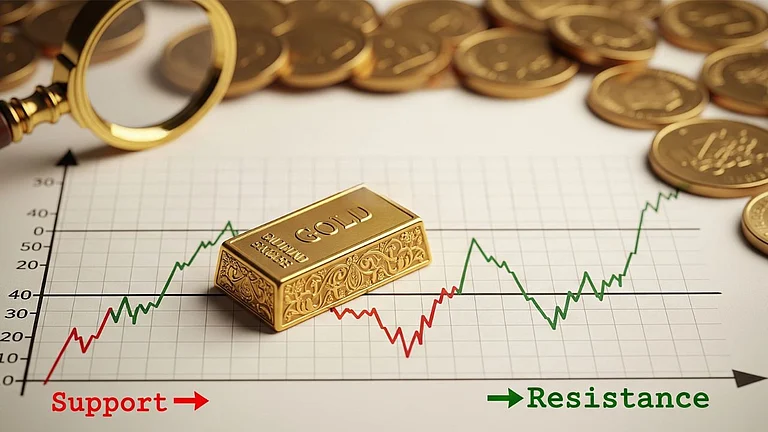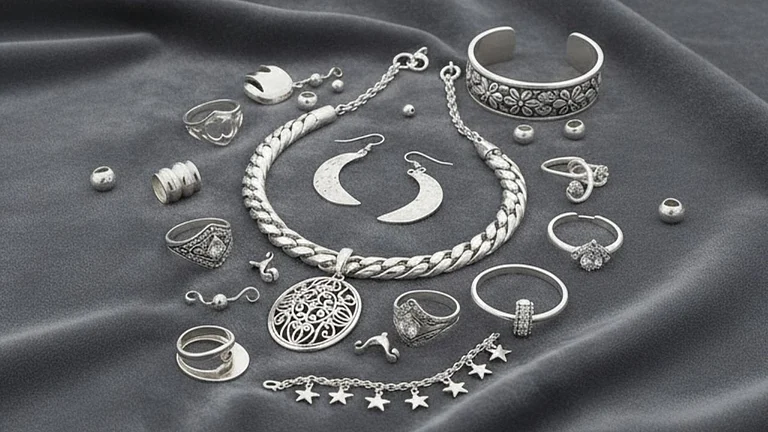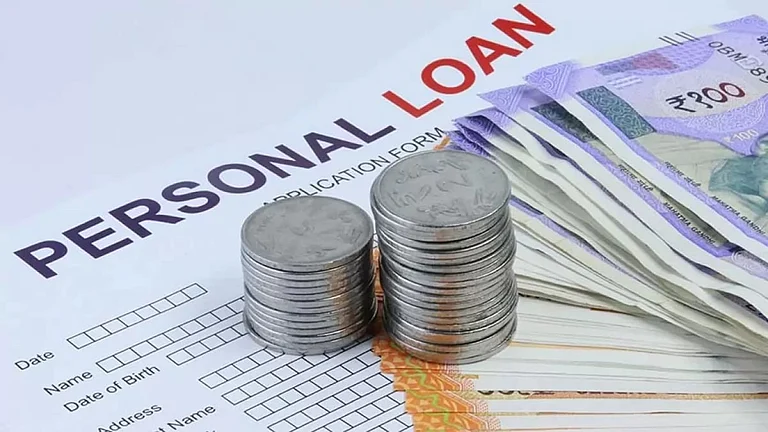
Summary of this article
When gold rates climb, the value doesn’t automatically translate into lower interest or lighter EMIs, but it does improve the overall margin, which is useful if a borrower wants to draw more credit. Separately, the rules governing gold loans are set for a major revamp. The Reserve Bank of India issued fresh guidelines on June 6, 2025, which will kick in from April 1, 2026.
Gold loans are one of the most widely used credit products in India, particularly during times of emergencies or when the cash flow is too tight. However, with gold prices seeing a sharp and steady increase in recent months (with prices stuck near Rs 1 lakh mark since April), many borrowers may wonder what happens to their pledged gold and their loan terms when the value of the yellow metal goes up.
According to Shripad Jadhav, Business Head, Retail Agriculture and Gold Loans, Kotak Mahindra Bank lenders keep a close watch on the collateral. “Yes, the value of gold pledged as collateral is monitored daily as a part of margin monitoring, to take care of market price fluctuations.
This is a regulatory requirement,” he states. If a borrower wishes, they can even request a top-up loan during the tenure, provided the gold has appreciated enough to support additional borrowing.
This means that rising gold prices do not automatically lower your loan obligations or interest rates, but they can give you access to more funds against the same pledged gold. Jadhav adds: “If the value of the pledged gold appreciates, borrowers can request a top-up loan. It’s a quick process with some additional documentation. This flexibility is one of the reasons why gold loans are a smart personal finance option.”
However, interest rates themselves remain unchanged during the tenure. Most gold loans are fixed-rate loans, and pricing is decided upfront based on the borrower’s profile. The bank does not reset interest terms even if the collateral becomes more valuable.
What about the other side of the equation?
When gold prices slip, the story naturally flips. In order to safeguard their exposure, lenders issue margin calls based on a pre-decided threshold of gold value.
Says Jadhav, “In every case where loan outstanding is above 75 per cent of gold valuation, margin calls are sent to customers on a daily basis. The customer can pay the balance payable and continue the loan.”
If that doesn’t happen, and the account remains overdue for over 90 days, the bank treats it as a default and begins recovery steps, which may eventually lead to auctioning the pledged ornaments.
How do borrowers benefit from rising gold prices?
On the brighter side, when gold rates climb, borrowers get a cushion. The collateral becomes stronger, and in many cases, the same jewellery can help them unlock a higher top-up loan if they need it.
The value does not automatically translate into lower interest or lighter EMIs, but it does improve the overall margin, which is useful if a borrower wants to draw more credit.
Defaults are treated strictly, regardless of how much the gold price has appreciated since the loan was sanctioned. “Recovery actions are initiated as per RBI guidelines, including auction,” Jadhav explains.
There are also regulatory limits on what kind of gold can be pledged. Loans are permitted against jewellery up to one kilogram per borrower, while loans against gold coins are restricted to 50 grams, provided banks mint the coins.
What influences the gold price hikes?
At a broader level, the prices of gold are influenced by many global and domestic factors such as:
Central bank policies
Strength of the US dollar
Jewellery demand during the festive season
Geopolitical tensions
Recent regulatory changes that would affect gold loan borrowings and holdings:
On that note, the rules that govern gold loans will see a major revamp in the next financial year. The Reserve Bank of India issued some new guidelines on 6 June 2025, that will come into effect from April 2026.
It is important to note that these new rules don’t imply a change for existing loans, but any new loans taken after that date will follow the revised framework. The most notable changes are:
The loan-to-value (LTV) cap will go up to 85 per cent for small-ticket loans of up to Rs 2.5 lakh, compared with the 75 per cent ceiling now.
For loans below the same Rs 2.5 lakh threshold, banks and NBFCs won’t need to run detailed income checks, making it easier for low-income borrowers to access credit.
Once a loan is cleared, lenders will have to return the pledged gold within the same day or seven working days at most. Any delay beyond that could cost them Rs 5,000 a day in penalty.
Whenever auctions happen due to defaults, the lenders, starting next year, will have to set the reserve price closer to market levels and hand back any surplus amount from the sale to the borrower.
In case the pledged gold or silver is lost or damaged by the lender, they will have to compensate the borrower fully.
The new rules will bring more consistency and transparency in how gold loans are managed and will ensure clear and fair borrowing for the takers.
However, until April 2026, borrowings will continue under the current rules.
For now, the key takeaway is simple: if gold prices rise, your loan doesn’t automatically change. But it does give you the option of a top-up loan and improves the security cushion for the lender. If prices fall, however, you may need to act quickly to avoid margin calls or even risk auction.

















